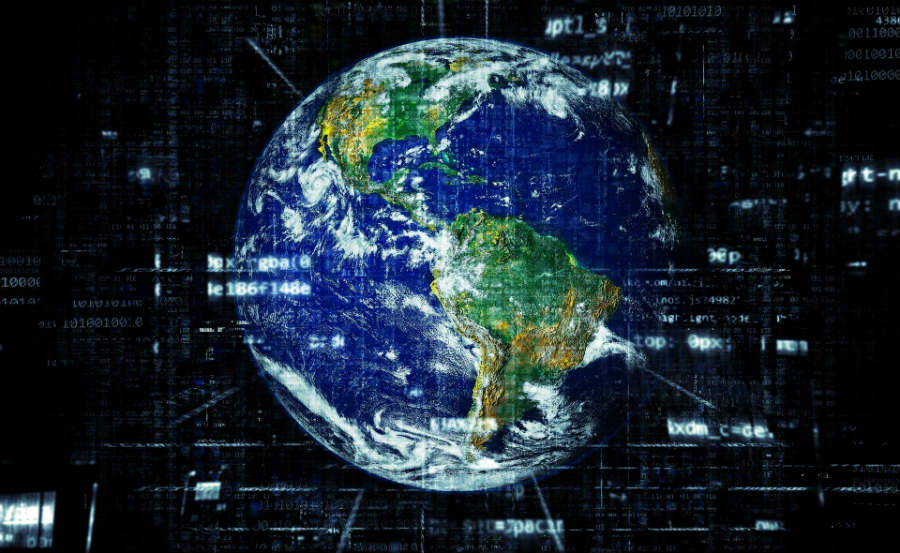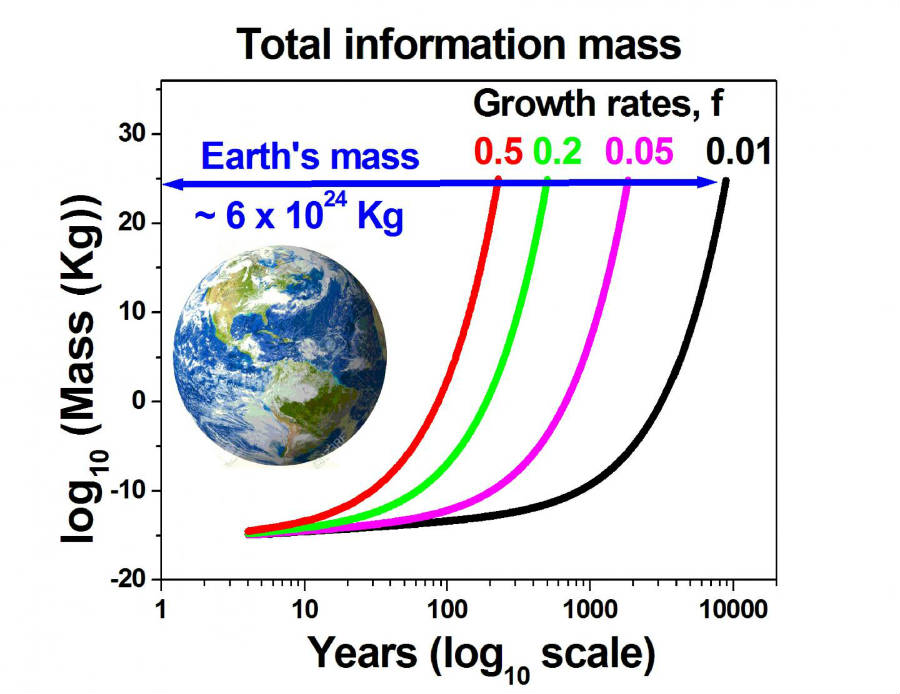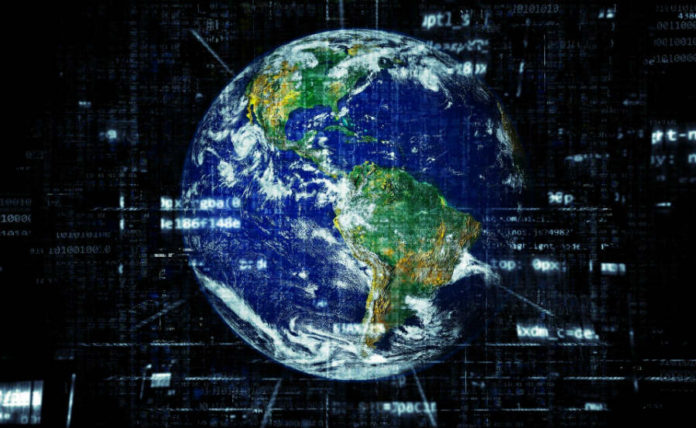
Credit: Pete Linforth
A very interesting study has been published in the AIP Advances stating that, information bits have a mass and with the speed of its accumulation, by 2245, the total mass of information would be equal to half of the earth’s mass.
This changes our basic understanding of the existence of the basic four states of matter, solid, gas, liquid and plasma. According to the new study, information bits have a mass and is the new contender of matter. More importantly, with its speed of accumulation, it is heading way for a mass ‘information catastrophe’.
“The growth of digital information seems truly unstoppable, according to IBM and other big data research sources, 90 per cent of the world’s data today has been created in the last 10 years alone. In some ways, the current COVID-19 pandemic has accelerated this process as more digital content is used and produced than ever before,” Says Melvin Vopson, the author of the study, from the University of Portsmouth.
The study based on a 1961 thermodynamics principle proposed by Rolf Landauer. It says that every ‘bit’ of information needs energy to create. So, if that is the case, then producing and destroying large amounts of information would need large amounts of energy. This was the main idea behind Vopson’s novel theory.
So how does that relate to the current study?
IBM says the world creates 2.5 billion gigabytes of information daily. This is equal to 2 x 10^19 bits (1 byte = 8 bits). And for a year that would be a massive, 7.3 sextillion bits.
That is a lot of information for a year and that limit does not stop there. It is increasing. The world is accumulating information at a very fast pace, becoming more and more digitalised.

Credit: Melvin Vopson
And Vopson believes, the once predicted ‘Information Catastrophe’ or the technological singularity where “the technological growth becomes uncontrollable and irreversible, resulting in unforeseeable changes to human civilization,” is just a matter of time.
In the study Vopson theorised that, considering factors like the number of information bits created in a year, the information storing densities while comparing the size of a bit to a size of an atom, at a 50% yearly growth of information produced, ‘in just 150 years the number of information bits would be equal to the total number of atoms in the world’!
The study uses Einstein’s general relativity theory to calculate the mass-energy equivalence. And the study is a followup of Vopson’s formulated principle that information moves among mass and energy similar to matter.
With his calculations, in 130 years the energy to produce the amount of information needed, would be equal to the total energy consumption on earth today! This can be any form of energy consumption in industrial, domestic or transportation. That means, this would see ‘half of the earth’s mass converted to digital information mass by 2245,’
Vopson says, “Since both special relativity and Landauer’s principle have been proven correct, it is highly probable that the new principle will also be proven correct, although it is currently just a theory,”

